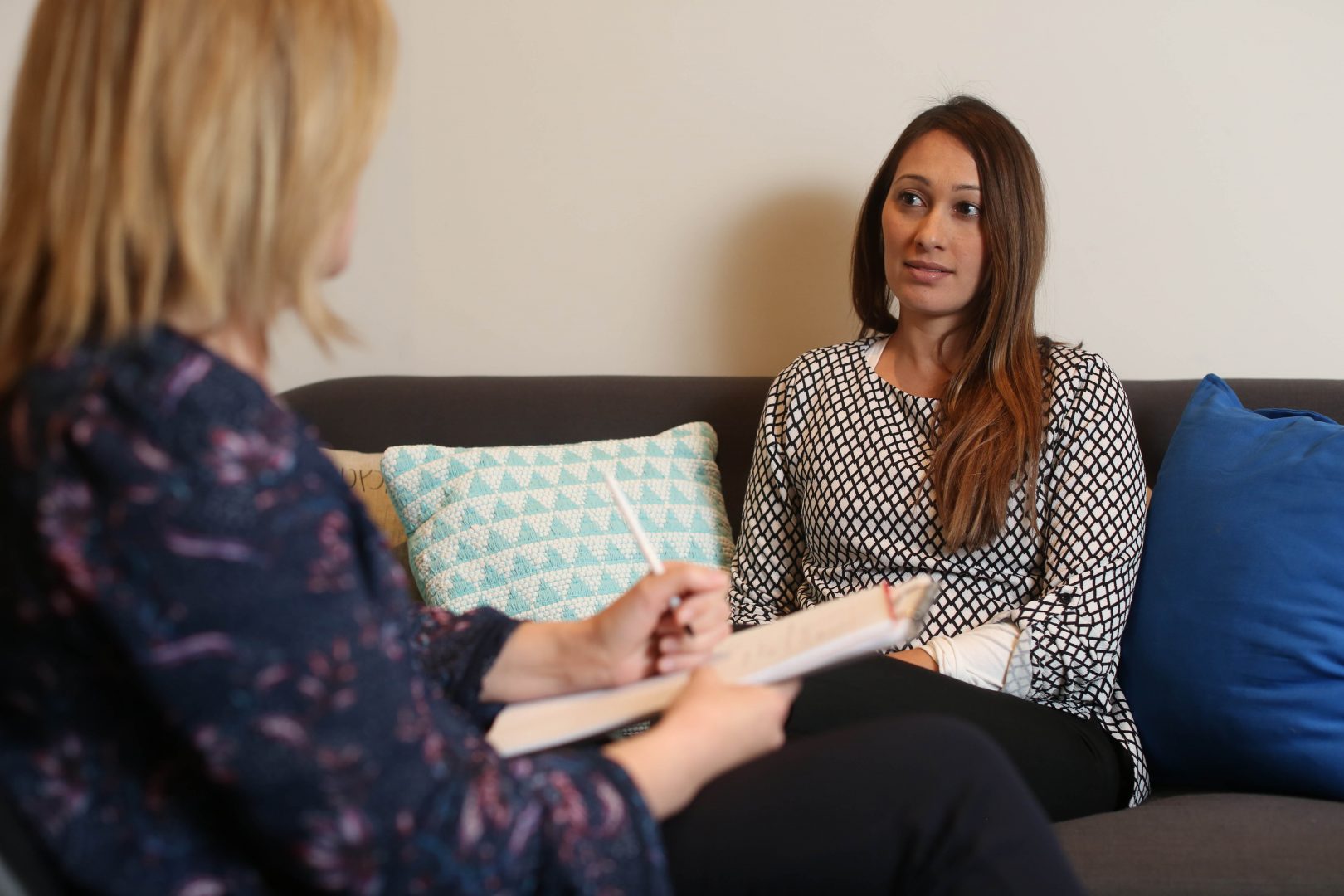Lessons in sorting, throwing and storing.
by Lyn Worsley (Clinical Psychologist)
Over the past 6 weeks I have had an insight into the sorting, throwing and storing world of a hoarder. We have been getting our house ready to move and downsize, which has meant sorting many items for sale, to throw, to keep and to store.
As I have been doing the multiple tasks of sorting, cleaning and throwing, my brain has been doing mental gymnastics. My brain has been on the trapeze with planning many things. My thought patterns go like something like this;
When I pick up an item I think
“What memories does it hold for me from the past?”, “How has it worn?”, “Is it old fashioned?”, “Is it useful?” and “Do I need this for the future?”.
Now these questions may seem fairly innocuous but for many people they are questions that cannot be answered, and if there is a definite answer there is a consequence, which can seem catastrophic. These people have a Hoarding disorder.
Now “Hoarding” is a term that is thrown around easily for people who just have a lot of stuff, and collect things they value. This is not hoarding it is just collecting. A “Hoarding disorder” refers to a way of thinking that can be repetitive, overwhelming, obsessive, crippling and stifling.
To help us to understand a bit more of what it is like to think like a hoarder, we go back to the simple questions I had when I was packing up my house. The questions bring with them a level of emotional connection as a lot of the things I have collected over the years have value for me. They represent memories of events, people I love, and the significance I had at a certain time of my life. As I look at the things I am reminded of time passing, and changes that have occurred, people I miss and hurts and joys. This means I have an attachment to my things. So for the average person sorting and throwing is actually quite hard. But we do it eventually and let them go.
To make it easier to understand I use the analogy of a flow or direction of thinking that occurs. When I sort and throw things out I have a hierarchy of value. It is a bit like a vertical line, with the most important things at the top and the least important things at the bottom. About half way down the line I can see that the items can be thrown out because I have only room for the things at the top. So my thought process sort out importance and I can make decisions.
But for the person with the hoarding disorder, they think on a horizontal line, as everything is of equal value. They cannot discern which is more important than another. Even to the point of people they love compared to things they have collected. Both have equal value. They have a strong attachment to the things around them as though they are people, which is why they find it difficult to make decisions to throw anything out.
Furthermore, there is a lot of significance of items they collect to them as a person. People with a hoarding disorder will often collect newspapers and junk mail, sometimes putting them into neat piles and in order (alphabetical or date). The theory of this is that the dates and events were significant and the newspaper reminds them of things that happen. If you throw out the newspaper you throw out the memory. So there becomes a fear of losing the memories.
Another aspect is that items can represent the person themselves. Most often people with a hoarding disorder have had some interference with their attachment to their main carer early in their life through trauma, abuse or neglect. This then transfers to them as they get older and they see the things they have as representing themselves in some way. Throwing them out would be like throwing a part of themselves out. So throwing out a newspaper or a cardboard box is like being personally discarded.
Finally there are always the plans and ideas of making, building and creating things. So these plans become all encompassing and the person with the hoarding disorder continues to collect the resources but does not actually sit down to make the item. It may be they see the potential for things and not the steps it will take to get there.
So how do we treat hoarding disorder? This is a good question because to date there doesn’t appear to be any long-term studies, which show the effectiveness of treatment over time. However some of the things we know do not work are
- Taking over
- Throwing things out
- Organising them
- Making judgemental comments about the things they have “collected”
- Calling their stuff rubbish
I like to think of helping someone with a Hoarding disorder by getting straight to the core of the difficulties they experience. This may be slower but more effective over time.
The four aspects we have raised are attachment, memories, sense of self and creativity.
Attachment:
If there is some way to make sure that the person with a hoarding disorder feels connected and attached to real people on a regular basis, it will slow the hoarding process down. Church group, local club, volunteer agency etc all help to make a person feel they belong.
Memories:
Having a place for memories to be seen and discussed. Photo albums, photo walls, collages, journals etc, all serve the purpose of keeping memories alive.
Sense of self:
A sense of self comes when we are in relationship with others. Others mirror who we are and we get a glimpse of us as a person through another’s eyes. Sometimes this can be through a touch, eye to eye contact, a smile or a comment that is caring and loving go a long way to help someone feel valued.
Creativity:
Most often the creativity doesn’t have an outlet so providing opportunities for the creative work to come out. Going to workshops, art classes, studio’s etc can often allow the person to complete a task. Creating to give to another is always a useful way of helping them to let go of things as well.







